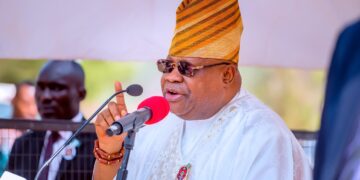In 2022, 96 percent of young people aged 16-29 years in the European Union reported using the internet every day, compared with 8 percent of the adult population.
Daily internet use among young people was above 94 percent in all EU countries. The lowest shares were recorded in Italy and Bulgaria at 94 percent, and the highest at 100 percent in Ireland and 99 percent in seven EU members: Malta, Luxembourg, Portugal, Czechia, Lithuania, Slovenia and Latvia.
While young people reported very high shares of daily internet use in every country, there was a greater variation among adult users. On average, the difference between the share of young people and adults using the internet daily in the EU was 12 percentage points (pp). In the Netherlands, Sweden, Denmark, Finland, Ireland, Belgium and Luxembourg this gap did not exceed 7 pp.
Other EU countries reported high shares of daily internet use among young people but a considerably wider gap with adults: Croatia and Greece (21 pp), Portugal and Bulgaria (both 19 pp), and Poland and Romania (both 18 pp).
Most young people use the internet, but what were some of the main uses in 2022 and did these change over time?
According to the data, in 2022, 84 percent of young people used the internet to participate in social media networks. this is the preferred use of the internet for young people since 2014, with data varying slightly but remaining at high levels. Some of the other main uses were reading news online (68%) and internet banking (64%).
While the use of internet for banking has been consistently increasing since 2014 (45% of young people), reading news online peaked in 2020 (73%) and has since then lost the momentum as the percentage of young people reading online decreased (-5 pp).
Due to the COVID-19 pandemic, most activities saw an increase, most notably when it comes to using the internet for online courses, which jumped from 13% in 2019 to 35% in 2021. However, in 2022, that percentage decreased to 28% (-7 pp) but is still much higher than in 2019.
In 2022, only 23% of young people used the internet for civic or political participation, an activity that has registered a slight increase since 2015.








